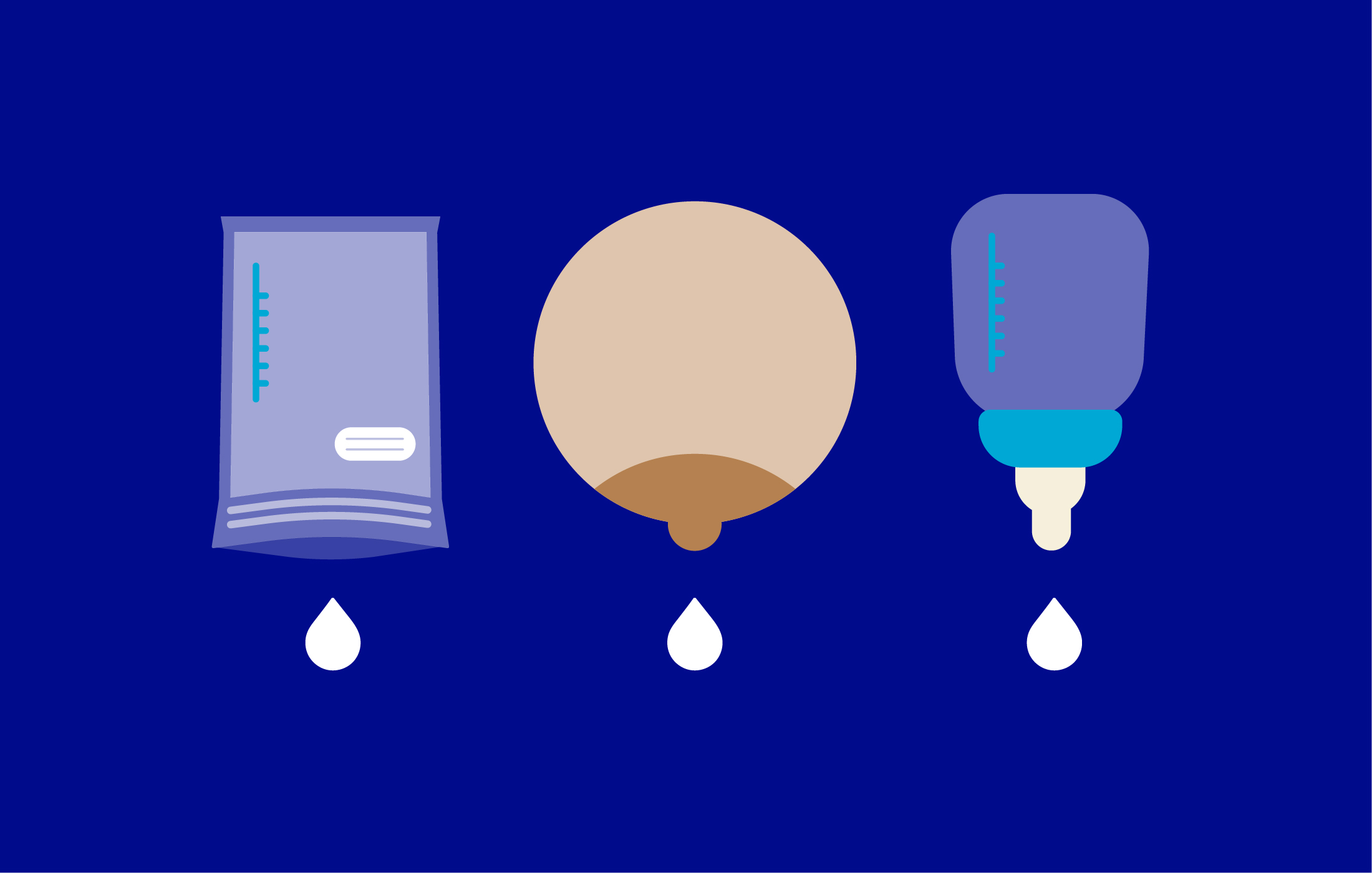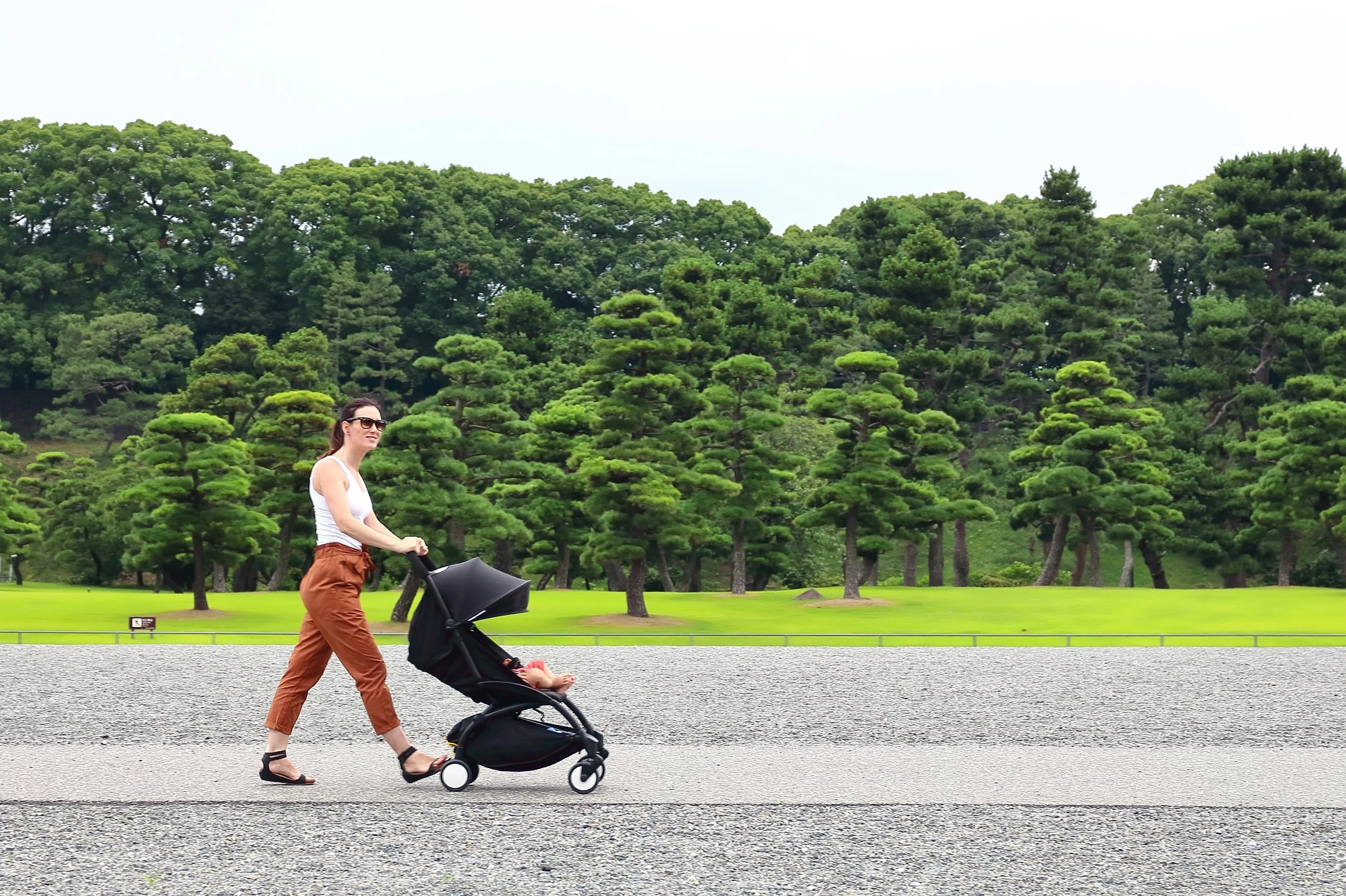Breast, Bottle, Pump: Mamava’s 2019 Survey Results
Breast milk. Pumped milk. Formula. How moms feed their babies may be a personal choice—but one heavily impacted by a variety of factors, including how much paid maternity leave they get and how well their workplace supports them when they return. We surveyed over 4,700 moms in our community—77 percent of whom were currently breastfeeding (the rest wrapped within the year)—to learn more about how they feed (or fed) their babies. Here’s what we found:
Most moms start out breastfeeding
Breastfeeding rates have been steadily increasing over the last decade—current rates are at 83 percent (CDC report card) up from 74 percent in 2008 (CDC report card)—and this was mirrored in our study with a whopping 97 percent initiation rate! (We are, of course, a company that creates design solutions for breastfeeding and pumping moms, so moms taking our survey are more likely to be breastfeeding moms.)
95 percent of breastfeeding moms pump
Most moms work outside of the home (70 percent, according to the Pew Research Center) so it’s not surprising that 66 percent of our survey respondents cited returning to work as the main reason for pumping breast milk. But moms also reported pumping to increase their milk supply (54 percent) and so their partners can feed the baby (47 percent). Only 5 percent of moms in our survey said they had never pumped, which means that pumping is now a standard practice for the vast majority of breastfeeding moms.
Nearly half of moms use formula
How moms feed their babies is too often cast as an either/or choice: breast milk or formula? (Unfortunately, it’s also one that’s often involves a value judgment.) But our data shows that feeding choices exist on a continuum, with 42 percent of moms supplementing with formula at some point in their baby’s first year. The takeaway? Supplementing with formula is often a key part of the overall feeding equation. Which means it’s time for less judgment and more support for all moms.
Moms want privacy options
The majority of moms reported feeling totally comfortable nursing in front of their partner, their family, and their friends. But in front of just anyone (or everyone)? Only 37 percent. And when it comes to pumping in public, only 16 percent of moms have done it. [Given the logistics of setting up a breast pump and relaxing for letdown, major kudos to that 16 percent!] Moms need private places to pump wherever they go—airports, train stations, schools, hospitals, stores, sports stadium—and most public spaces are not designed to support breastfeeding moms. That’s why we, at Mamava, do the work we do!
Work sites lack lactation spaces
We asked moms to tell us about all of the options they had for pumping at work—and what they used. Only 40 percent of employed moms in our survey reported having a designated lactation room at work. Twenty-six percent pumped in their own private office. Forty-three percent said they pumped in a borrowed or repurposed space, like a closet or a server room. Which means many working moms are pumping in makeshift spaces ill-equipped to support pumping (13 percent report pumping in their car). A mother’s working conditions directly impact her ability to meet the breastfeeding recommendations by the American Academy of Pediatrics to exclusively breastfeed for at least six months. So it’s no wonder that national breastfeeding rates drop to 47 percent at three months, and plummet to 25 percent at six months.
Moms need paid parental leave
Fifty-seven percent of the working moms in our survey returned to work when their baby was three months old or younger. Thirty-eight percent of employed moms received two weeks—or less—of paid parental leave. Many cobbled together leave in creative ways: using short term disability (56 percent of working moms) and personal/vacation time (59 percent). Given that many, many moms work in jobs that do not provide any paid leave or paid vacation time, the overall portrait of working motherhood is grim. In the absence of a federal paid parental leave policy, moms are forced to make personal choices based on what they can afford—which isn’t healthy for moms, babies, or society.
As a final note, our study confirms that racial disparities in breastfeeding persist, as evidenced in the demographics of our respondents, the vast majority of whom identified as white. According to national data, 87 percent of white mothers initiate breastfeeding, while Black mothers continue to have the lowest rate of breastfeeding at 60 percent. Black women typically return to work two weeks earlier than white women, and are more likely to lack the workplace support to continue breastfeeding (Racial and Ethnic Disparities in Breastfeeding). Mamava is working hard to help address this racial disparity by broadening our reach—with more pods in more places and growing our social following to include more moms.
Mamava designs solutions to empower breastfeeding and pumping parents on the go, like our freestanding lactation pods, Mamava’s lactation space locator app, and other helpful resources.
More parent resources















